Insider's guide: Climbs of the Ronde van Vlaanderen
Climb 10 - Eikenberg Length: 1000m Average gradient: 6.2% Maximum gradient: 10% Surface: Cobbles Km...
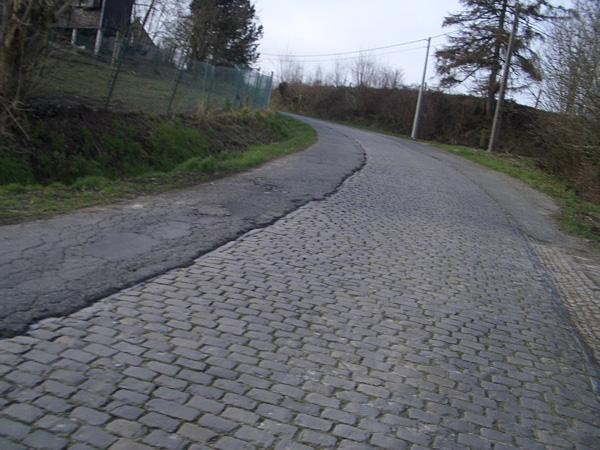
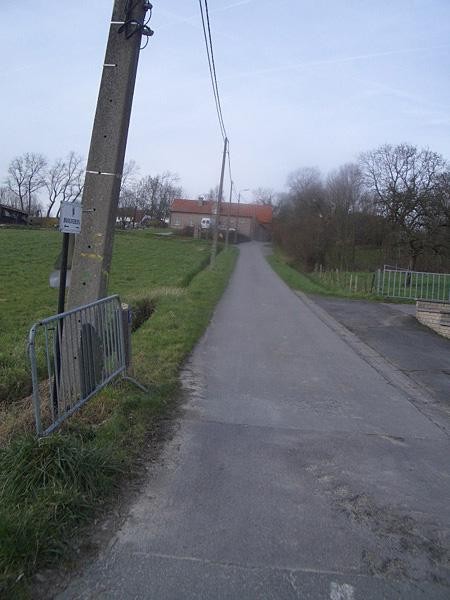
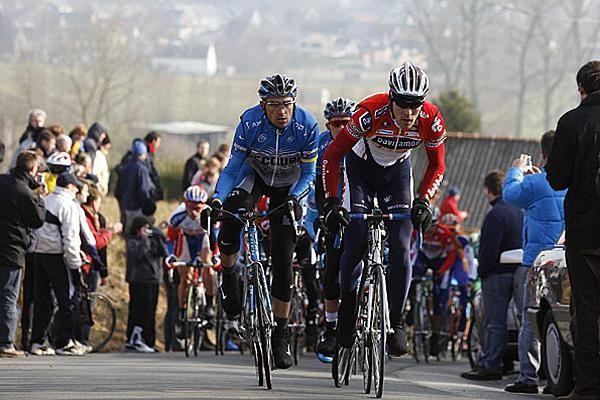
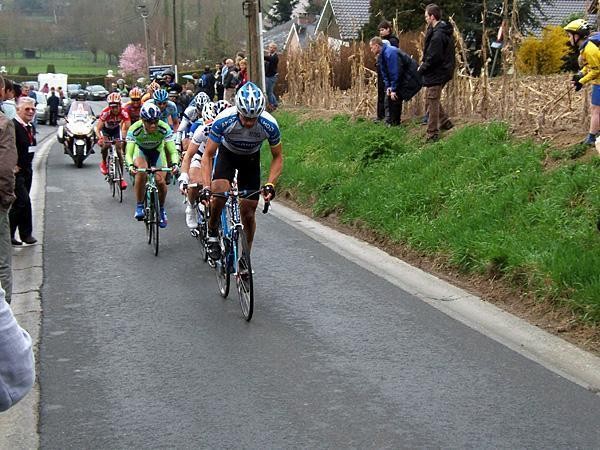
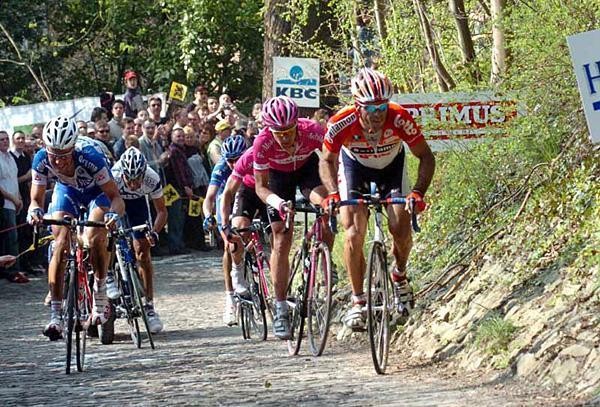
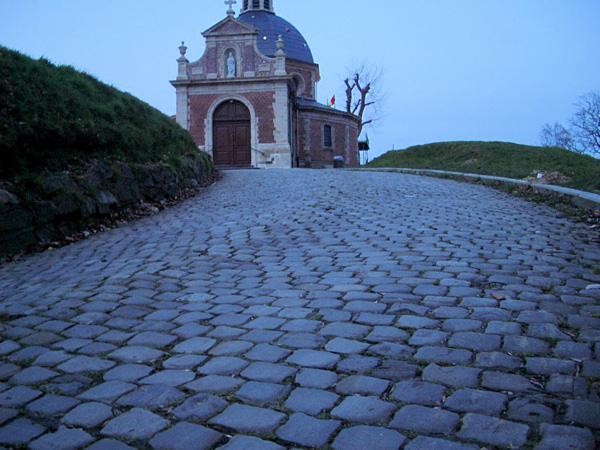
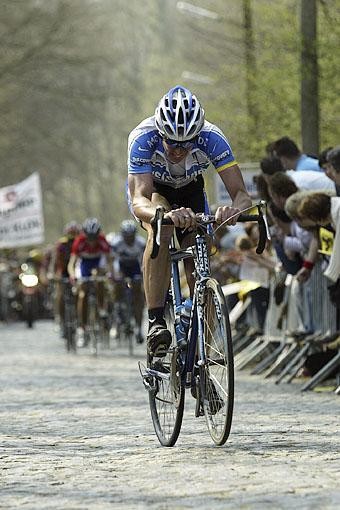
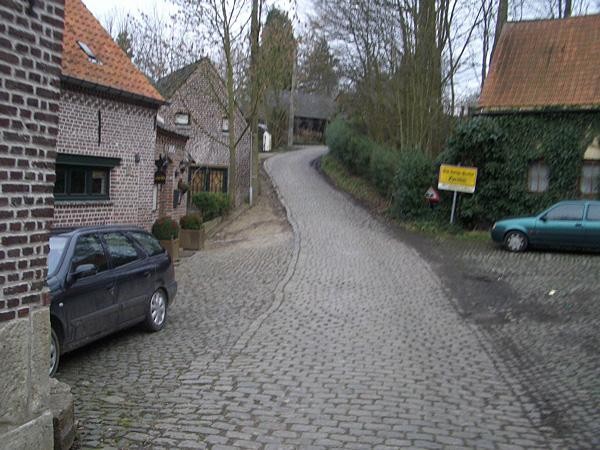
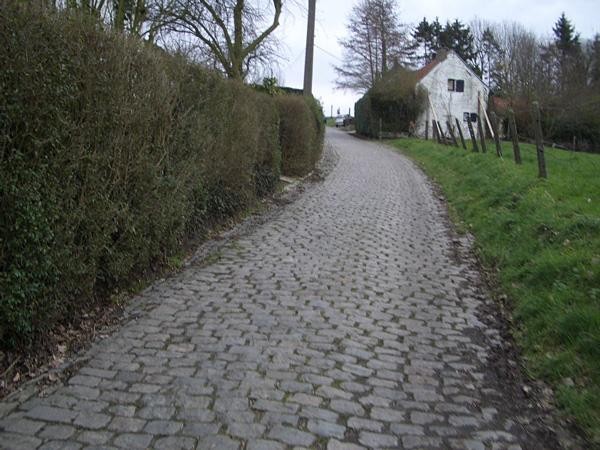
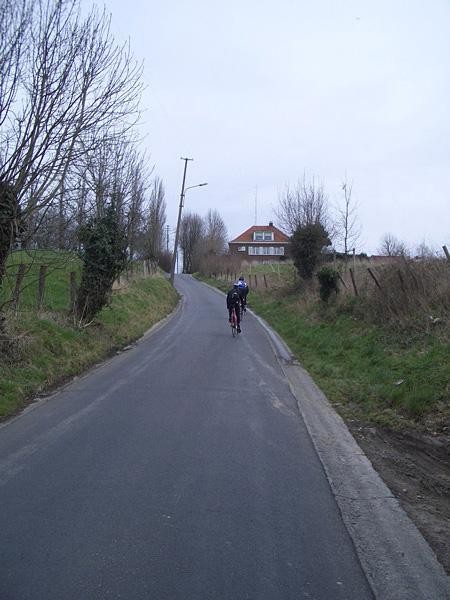
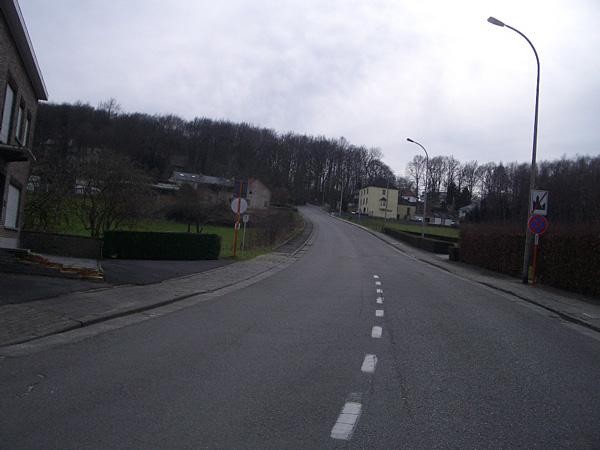
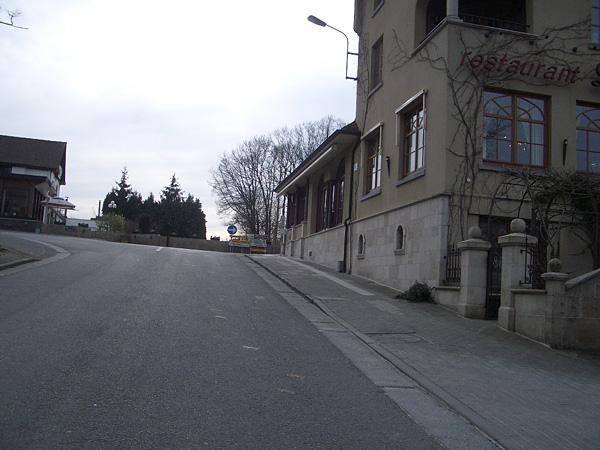
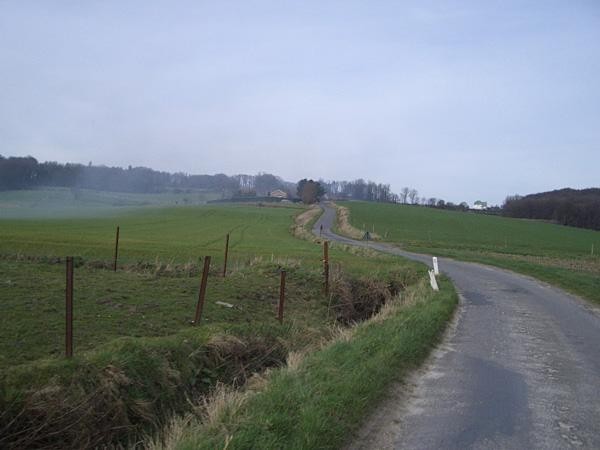
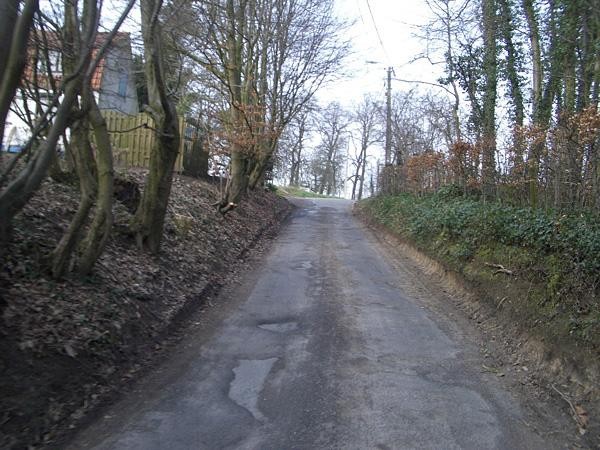
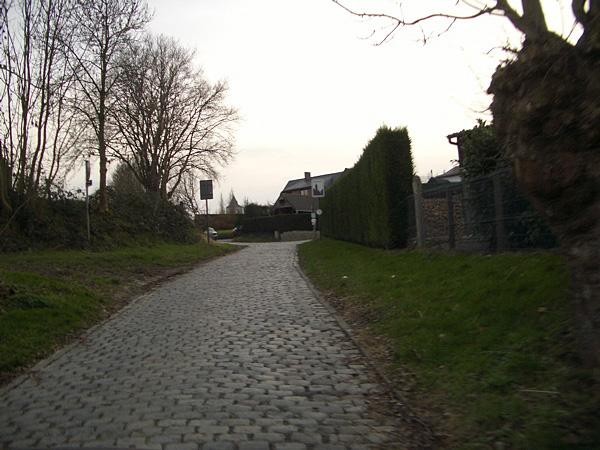
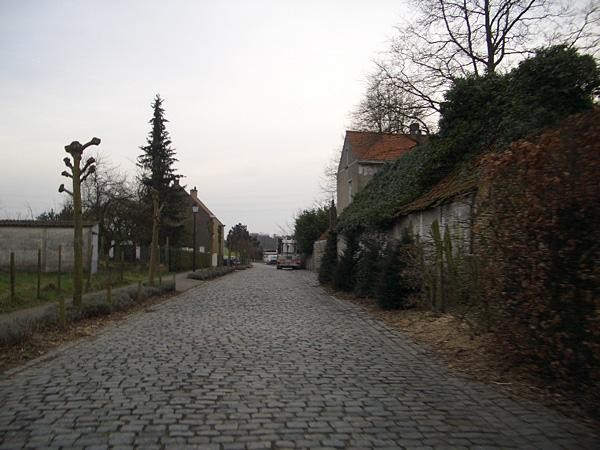
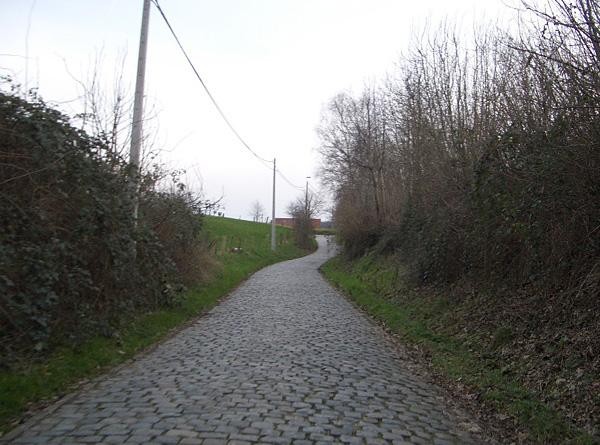
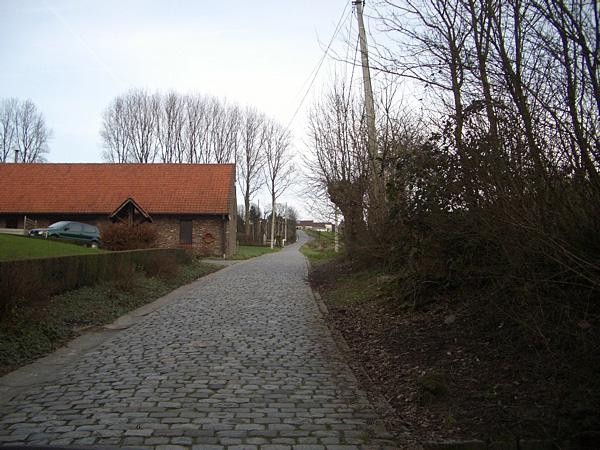
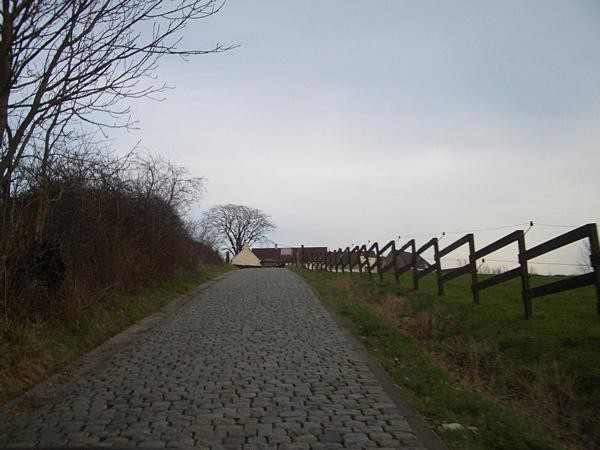
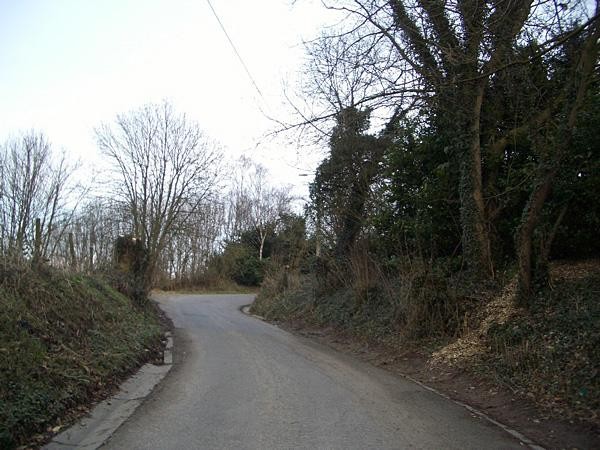
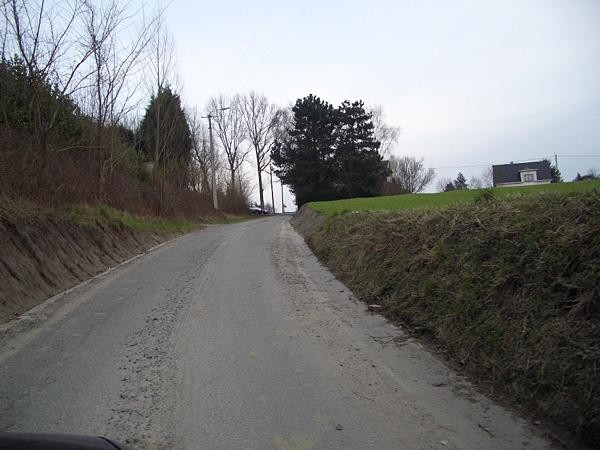
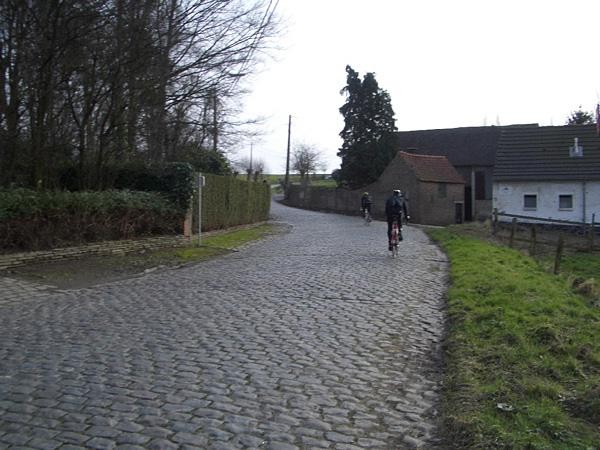
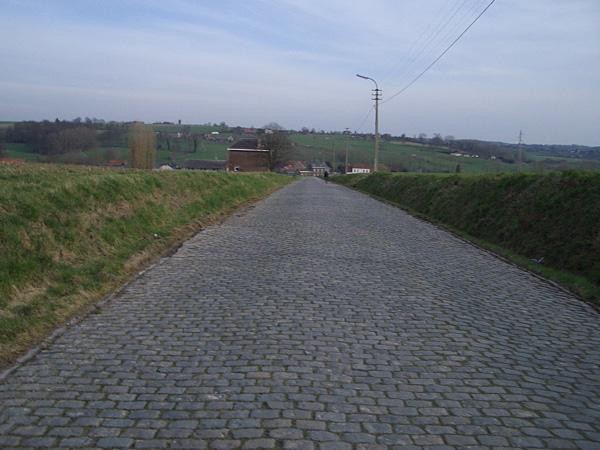
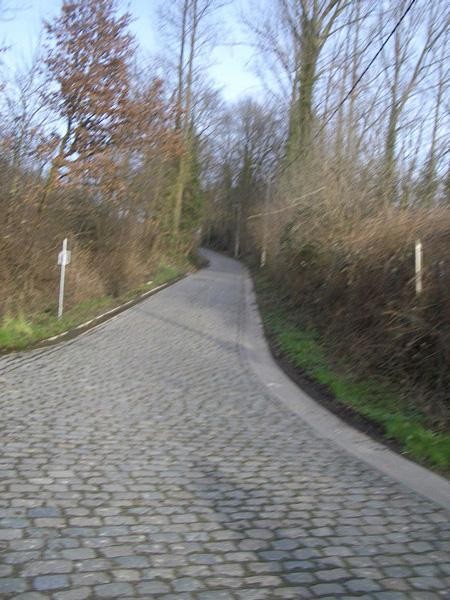
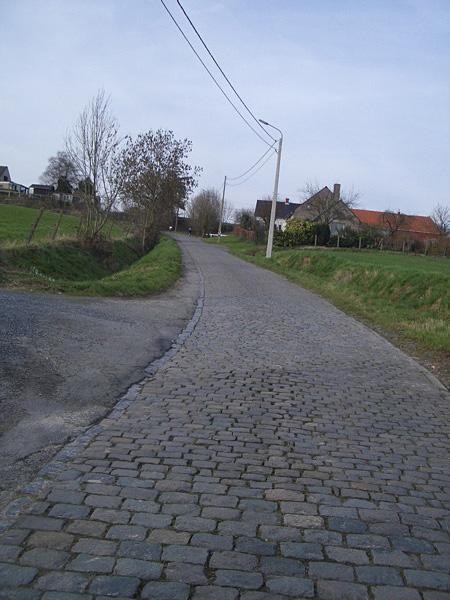





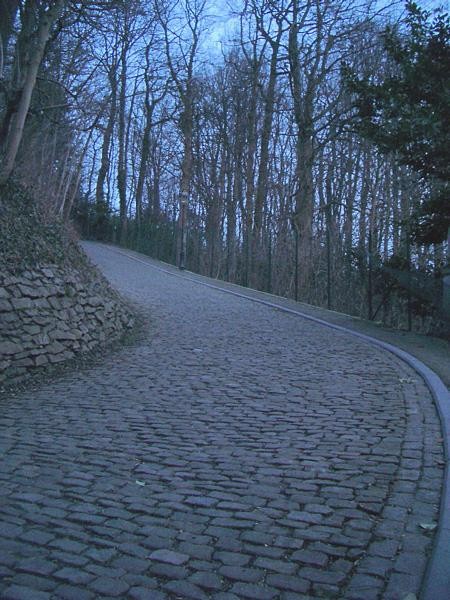
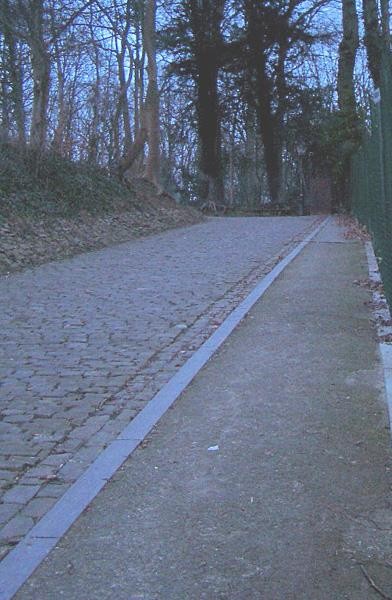


Tales from the peloton, April 6, 2007 - Page 2 of 2
...Continued from Page 1.
Climb 10 - Eikenberg
Length: 1000m
Average gradient: 6.2%
Maximum gradient: 10%
Surface: Cobbles
Km from start: 199km
Km from finish: 60km
With a maximum gradient of 'only' 10%, the Eikenberg looks fairly simple on paper, but the cobbles seem to go on for an awfully long time with no let up. There are bits and pieces of asphalt at the sides of the road as it climbs, offering a very brief respite to any riders who like things a bit smoother, but very often these areas are packed with fans who like to see their heroes battle it out on the cobbles.
Due to its relatively shallow gradient, this climb can take on the characteristics of a sector of cobbles at Paris - Roubaix. One or even two of the stronger teams will often put the pressure on at the front, and if possible dropping some of the weaker riders, possibly even a favourite or two who is unwisely sitting too close to the back of the bunch at this stage of the race.
Previously - and in other races - the course would continue to the very top to join the main Oudenaarde to Brakel road, but since 2003 it has turned off sharply to the right before it reaches the top and takes a fast twisty descent to the bottom of the next climb.
Climb 11 - Boigneberg
Length: 1050m
Average gradient: 5.1%
Maximum gradient: 12.4%
Surface: Asphalt
Km from start: 203km
Km from finish: 56km
Get The Leadout Newsletter
The latest race content, interviews, features, reviews and expert buying guides, direct to your inbox!
When this was first used in the Tour of Flanders - back in 1978 - it was surfaced with cobbles, but presumably it didn't return until recently due to its poor state. The gradient rises sharply at first and continues between a small group of houses before easing off - this shallow gradient continues for what seems to be an interminably long time and is very exposed to an inevitable headwind, with nothing but fields to either side.
The cruelty and twisty-ness of the course is brought home to the field as they reach this point. The top of the Boigneberg joins the Oudenaarde to Brakel road right opposite the Kerkgate cobbles, over which the peloton passed just before tackling the Wolvenberg sixty kilometres, and nine climbs ago. They've ridden all that way and just to come back full circle!
Climb 12 - Leberg
Length: 950m
Average gradient: 4.2%
Maximum gradient: 13.8%
Surface: Asphalt
Km from start: 211km
Km from finish: 48km
This is a pretty little road that winds up past some farms on the outskirts of Brakel. The steepest part is in the middle, but the top half can get pretty exposed, so the Flemish wind can come in to play here.
It's similar in many ways to the Boigneberg, but as there's now less than 50km to go there may be some serious attacks put in by the favourites. No one will want to attempt riding to the finish on their own from this point but a rider that fears sprinters like Boonen may try and drag a couple of like minded colleagues with him. If three or four get away here and work together, it would take a concerted and organised effort behind to get them back.
Climb 13 - Berendries
Length: 940m
Average gradient: 7%
Maximum gradient: 12.3%
Surface: Asphalt
Km from start: 215km
Km from finish: 44km
Another nasty one after so many kilometres, Berendries is a street that rises out of the village of Sint-Maria-Oudenhove, in the district of Brakel. Unlike the two preceding climbs which were a similar distance, this one starts gently and gets steeper, then holds its gradient right to the top.
Anyone who attacks on this one had better have it in their legs to keep going to the top, this climb seems to go on interminably, the pressure doesn't let up until right at the top where it suddenly descends, seemingly with no flat on the top at all. Because of this, a climber may well try and put the hurt on any sprinters still present and take one or two with him.
Climb 14 - Valkenberg
Length: 540m
Average gradient: 8.1%
Maximum gradient: 12.8%
Surface: Asphalt
Km from start: 220km
Km from finish: 39km
Not to be confused with Valkenburg, the town that hosts the finish of the Amstel Gold Race. This climb was reintroduced in 2005, after a break of many years, to spice up what would otherwise have been a flat stretch of over 10 kilometres. Positioned as it is, the climb serves to break the rhythm of the race, and provide an umpteenth opportunity for riders to attack as they approach the closing stages of the course.
The climb itself is fairly unremarkable, but for the fact that it's the fourteenth one of the day and weaker riders will be becoming less and less able to respond to the pressure put on them by the strong ones.
It was here in 2006 where Tom Boonen responded to an attack by Leif Hoste and the pair of them broke clear to stay away to the finish, where the rainbow world champion jersey-wearing Boonen took an emotional second consecutive victory.
Climb 15 - Tenbosse
Length: 455m
Average gradient: 6.4%
Maximum gradient: 8.7%
Surface: Asphalt
Km from start: 226km
Km from finish: 33km
This is Peter Van Petegem country. Tenbossestraat is a long, almost completely straight street in the suburb of Nederbrakel, home to other ProTour riders like Australian Robbie McEwan. While it never gets particularly steep, Tenbosse can still provide the springboard for a decisive attack.
In 2003, Johan Museeuw put in a dig here that was immediately countered by his great rival Van Petegem. This spelt the end of Museeuw as Van Petegem got across to the lead group from which he was to emerge victorious in the first part of his historic Flanders-Roubaix double.
If there is still a group together at this point they will be very watchful of each other in case the events of 2003 are to repeat themselves. It's unlikely that Van Petegem will attack here himself as he'll be riding for Boonen - and if he does it will be to make the other teams chase him - but someone will probably have a go at something.
Climb 16 - Eikenmolen
Length: 610m
Average gradient: 5.9%
Maximum gradient: 12.5%
Surface: Asphalt
Km from start: 232km
Km from finish: 27km
Introduced for the first time to break up the otherwise flat 17 km stretch between Brakel and Geraardsbergen, the Eikenmolen provides yet another chance to attack or put pressure on rivals before the race gets to the Muur.
The climb starts relatively gradually, but then steepens as it passes its midsection and holds that gradient right up to the top. Again, the cumulative effect of the number and frequency of climbs will tell more than the specific severity of this one.
Difficult to predict what will happen here, as its the climb's first time in the race, but anyone left in the front group who's not too confident about the Muur may well make a move here, especially if Boonen is isolated from his team. If a solo rider manages to escape here, and they've managed to avoid doing too much work, they may even be able to get to the finish alone as there is less that 30 km to go, but it's unlikely that the peloton would allowed it.
Climb 17 - Muur - Kapelmuur
Length: 475m
Average gradient: 9.3%
Maximum gradient: 19.8%
Surface: Cobbles
Km from start: 243km
Km from finish: 16km
The Muur, meaning The Wall, rises out of the town centre of Geraarsbergen. The helligen is occasionally mistakenly called the Mur de Grammont, which is the French name (a lot of towns in Belgium have a French and a Flemish name, e.g. Bruges/Brugge) and that's a language that is definitely not spoken around here!
The climb through the town is never too severe, until it reaches the actual Muur itself, which is normally closed to traffic. There, the road swings left around an off camber bend and suddenly riders see how the climb got its name as it rises to 19.8%. It's only a mercifully short section though before it levels out, but then it steepens once more to tackle the short sharp rise that is the Kapelmuur. Once over the top, the cobbles end and the road drops down almost as sharply as it rose.
The Muur is a fixture in Flemish bike racing (many of the other great races climb it at some point during their course) and, while not always decisive, it's always proved eventful. In recent times attacks on the Muur have led to the victories of Stefan Wesemann (2004) and Peter Van Petegem (1999 & 2003), in all three cases they managed to pull a rider or two with them to share the last sixteen kilometres or so before taking victory in a small group sprint. The 1999 attack for Van Petegem came just as the rest of the group - including Erik Zabel, Frank Vandenbrouke, Andrei Tchmil and Michele Bartoli - were taken out by the slippery surface on a corner, allowing him and Museeuw to escape. Only Vandenbrouke had the legs to catch the two old rivals, but even he had no answer to Van Petegem in the sprint.
The surface was pronounced dangerous after the 2002 race and was resurfaced in time for the next year. Some said that this took away a lot of its character, but even so, a 19.8% section of cobbles at this stage of a race will always prove a challenge. If more than one rider reaches this point together, there will be an attack! Flanders expects, and it may be the last chance, to shake Tom Boonen...
Climb 18 - Bosberg
Length: 980m
Average gradient: 5.8%
Maximum gradient: 11%
Surface: Cobbles
Km from start: 247km
Km from finish: 12km
This is the last one, if you're just here to get to the finish, then once you're at the top of this one, you know you've made it. For the ones looking for a result, this is one of the last places to put in a serious attack, for the better climbers to try and escape the sprinters and rouleurs.
Rising through a wood (where it got its name, Bos is Flemish for wood) on the way out of the Geraardsbergen, it's not really steep enough to put anyone in trouble unless their legs are really tired and it hasn't produced a decisive attack for several years, In both his victories (1989 and 1991) Edwig van Hooydonck used the Bosberg to escape his breakaway companions and soloed away to win, because of this he became known as Edwig Van Bosberg. The climb itself has not been quite so influential since then and is simply a further obstacle on the way to the finish. Nevertheless, riders in the front group will be watching each other like hawks because a Van Hooydonck style attack is still possible.
If a rider does manage to escape here then it's only twelve predominantly flat kilometres to the finish in Meerbeke, and staying away is a real possibility.
Failing that, there is still plenty of opportunity to get away on those last few kilometres, as shown by Andrea Tafi (2002) and Tom Boonen (2005), both of which managed to escape a group of favourites by putting in powerful attacks on the run into Meerbeke.